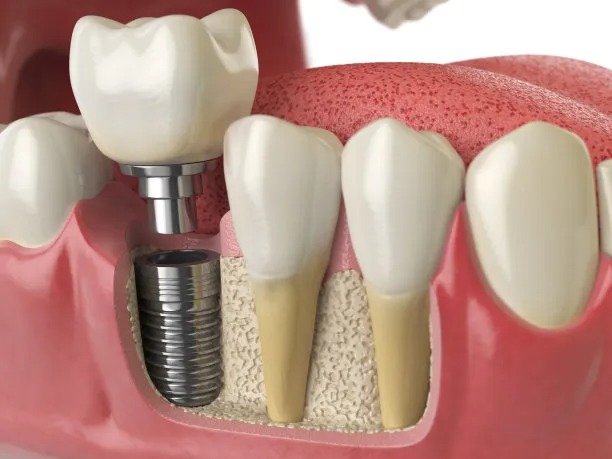Comprehensive Guide to Dental Implant Treatment Process Benefits and Recovery for a Healthier Smile
Summary: Dental implants have become a preferred solution for individuals facing tooth loss, bringing not just aesthetic enhancements but also significant functional benefits. This comprehensive guide explores the entire dental implant treatment process, detailing what to expect at each stage, from initial consultations to recovery. It discusses the myriad advantages of choosing dental implants over other options and addresses the recovery phase, highlighting important tips for a smooth healing journey. By understanding these essential aspects, individuals can make informed decisions while striving for a healthier, more confident smile.
1. Understanding the Dental Implant Process

The dental implant treatment process typically begins with a thorough evaluation. During this phase, the dentist assesses the patients dental health, discusses medical history, and takes necessary imaging scans. This helps in devising a personalized treatment plan that suits the unique needs of the patient.
Next, the actual procedure can be broken down into several key stages. The first stage involves the surgical placement of the implant, which entails inserting a titanium post into the jawbone. This post serves as an artificial root and typically requires local anesthesia for the patient’s comfort.
After implant placement, the healing phase begins, allowing the bone to integrate with the titanium post. This osseointegration process takes several months, during which follow-up appointments ensure that everything is healing appropriately. Finally, an abutment and the crown are placed, completing the restoration of the smile.
2. Benefits of Choosing Dental Implants
Dental implants offer numerous advantages over traditional dentures and bridges. Primarily, they provide a more stable and permanent solution, enhancing patients’ comfort and confidence. Unlike removable dentures, dental implants function like natural teeth, allowing individuals to eat, speak, and smile without concerns about looseness or slippage.
In addition, dental implants promote better oral health. They do not require the alteration of adjacent teeth, as seen with bridges, which helps maintain the integrity of the surrounding dental structure. Moreover, they stimulate the jawbone, preventing bone loss that often accompanies tooth loss, thereby preserving facial structure.
Lastly, dental implants are highly durable, often lasting a lifetime with proper care. This long-term solution makes them a cost-effective option compared to temporary alternatives that may need frequent replacements and adjustments, ultimately benefiting patients financially and functionally.
3. The Recovery Phase Explained
The recovery period following dental implant surgery is crucial for successful integration. Patients can expect some swelling, bruising, and discomfort post-surgery, which is generally manageable with prescribed pain medications and ice packs. Maintaining proper oral hygiene during this period is vital to avoid infections.
As healing progresses, patients should adhere to their dentist’s dietary recommendations. Soft foods are recommended initially, gradually reintroducing harder foods as comfort allows. Staying hydrated and avoiding smoking or strenuous activities during early recovery is essential for optimal healing.
Regular follow-ups with the dentist are critical in this phase. These appointments ensure that the implants are integrating well with the jawbone and that the recovery is on the right track. Any unexpected symptoms or concerns can be assessed promptly to ensure a successful outcome.
4. Making Informed Decisions for Your Smile
When considering dental implants, it’s vital to consult with a qualified dental professional who specializes in implantology. Informed decision-making regarding the procedure, expected outcomes, and associated costs will pave the way for better satisfaction with the process.
Patients should also evaluate their personal lifestyle and needs. Assessing factors such as time commitment for recovery, care responsibilities, and overall health can guide effective decision-making. Understanding the long-term commitment involved in maintaining dental implants is equally important.
Taking the plunge into dental implants can ultimately lead to a healthier smile. By weighing the options, benefits, and recovery process, individuals can feel empowered and excited about their journey to a renewed smile.
Summary:
In conclusion, the comprehensive guide to the dental implant treatment process outlines the significant steps involved, highlighting its benefits and recovery considerations for a healthier smile. By understanding each aspect, individuals can approach their dental care with confidence, knowing they have the information needed to make wise choices.
This article is compiled by Vickong Dental and the content is for reference only.



